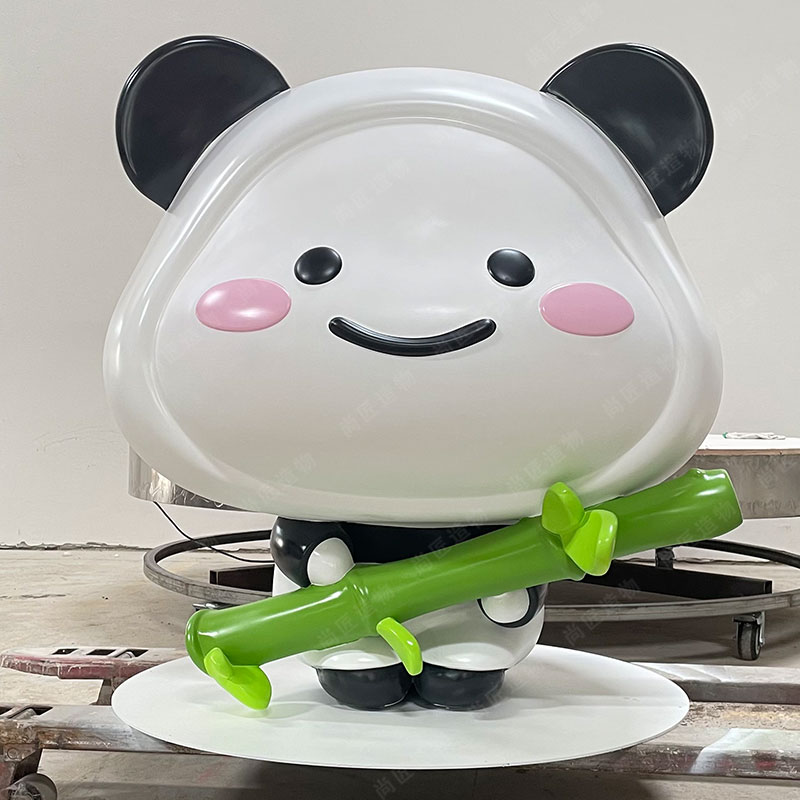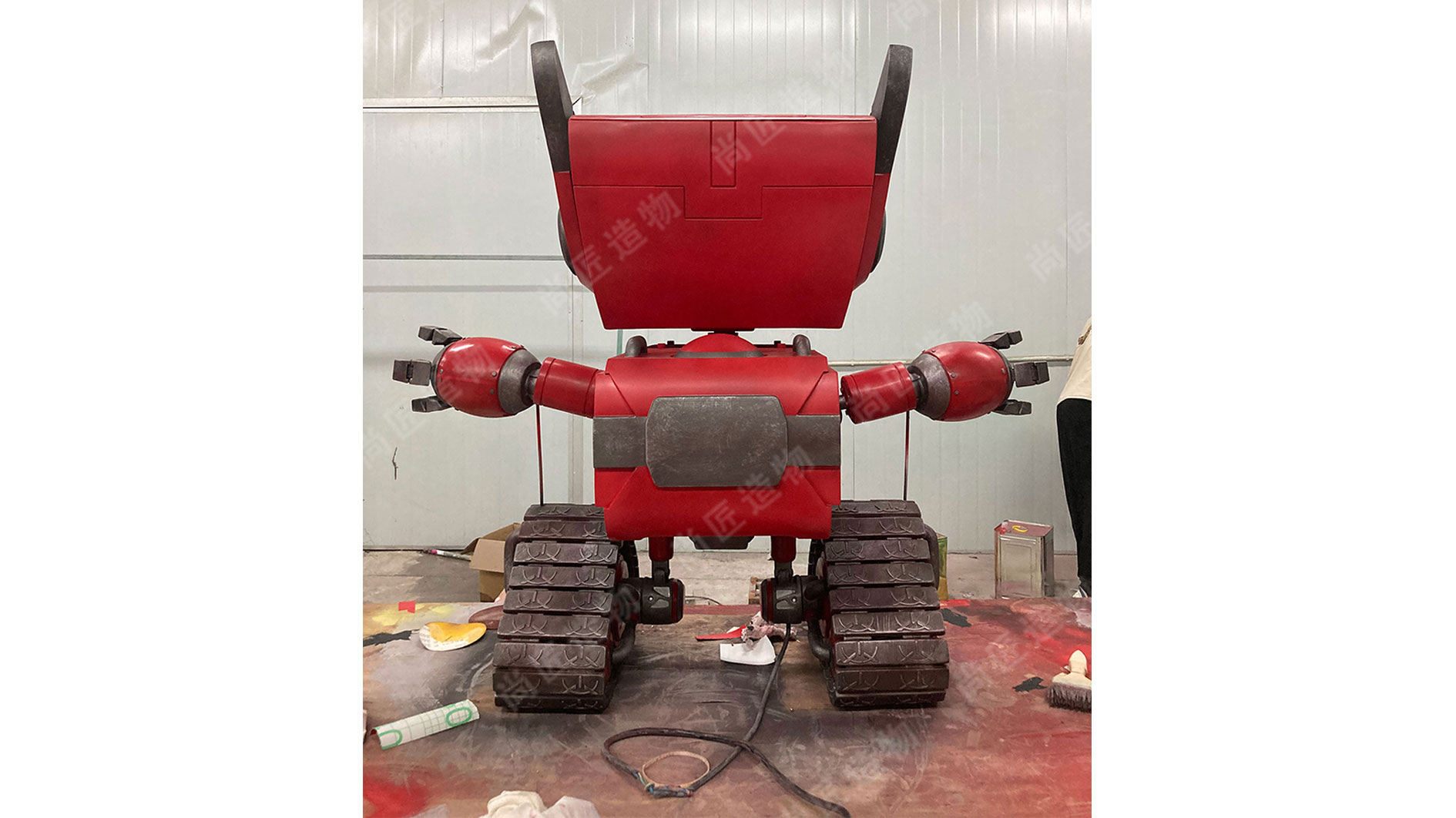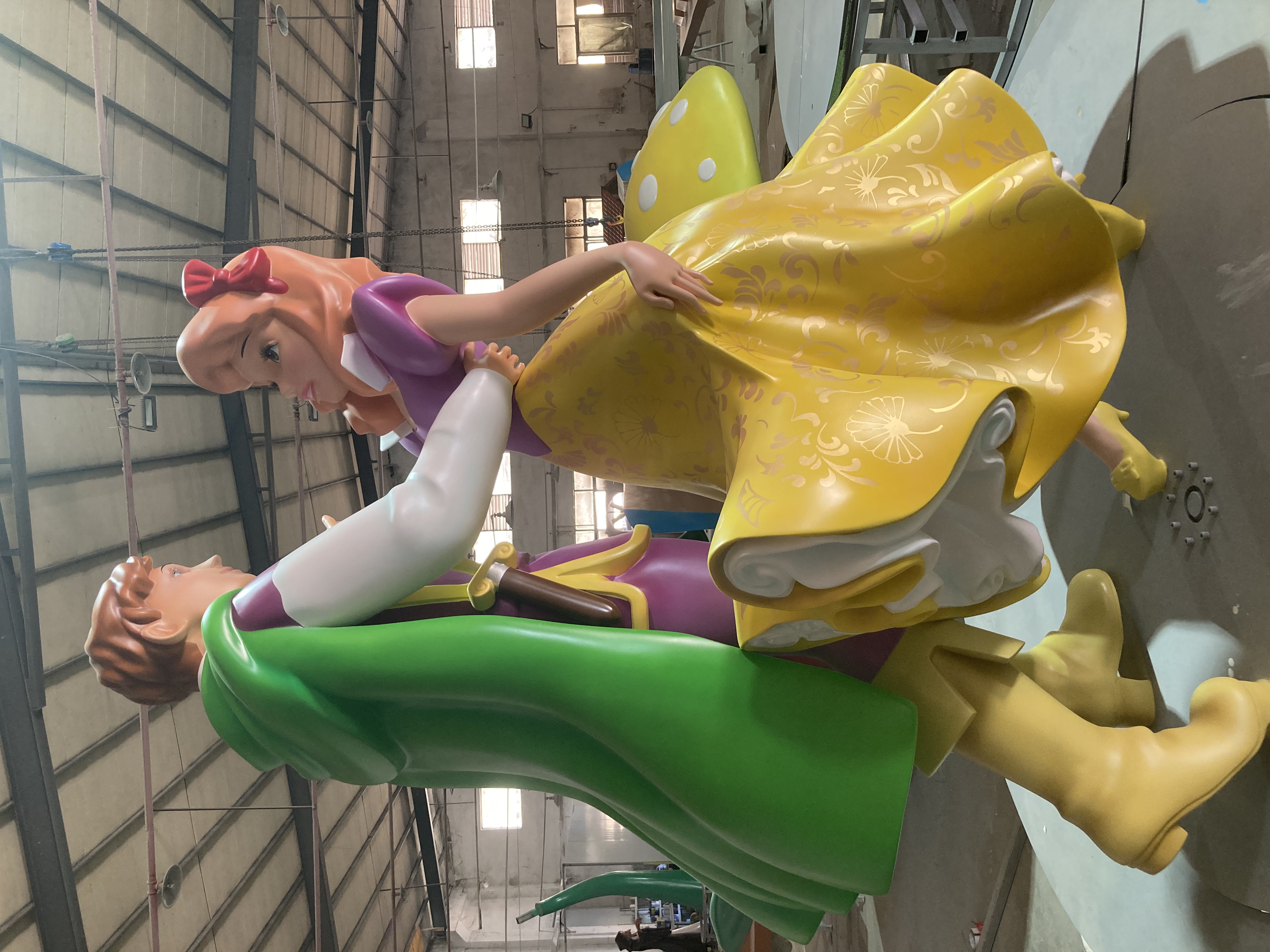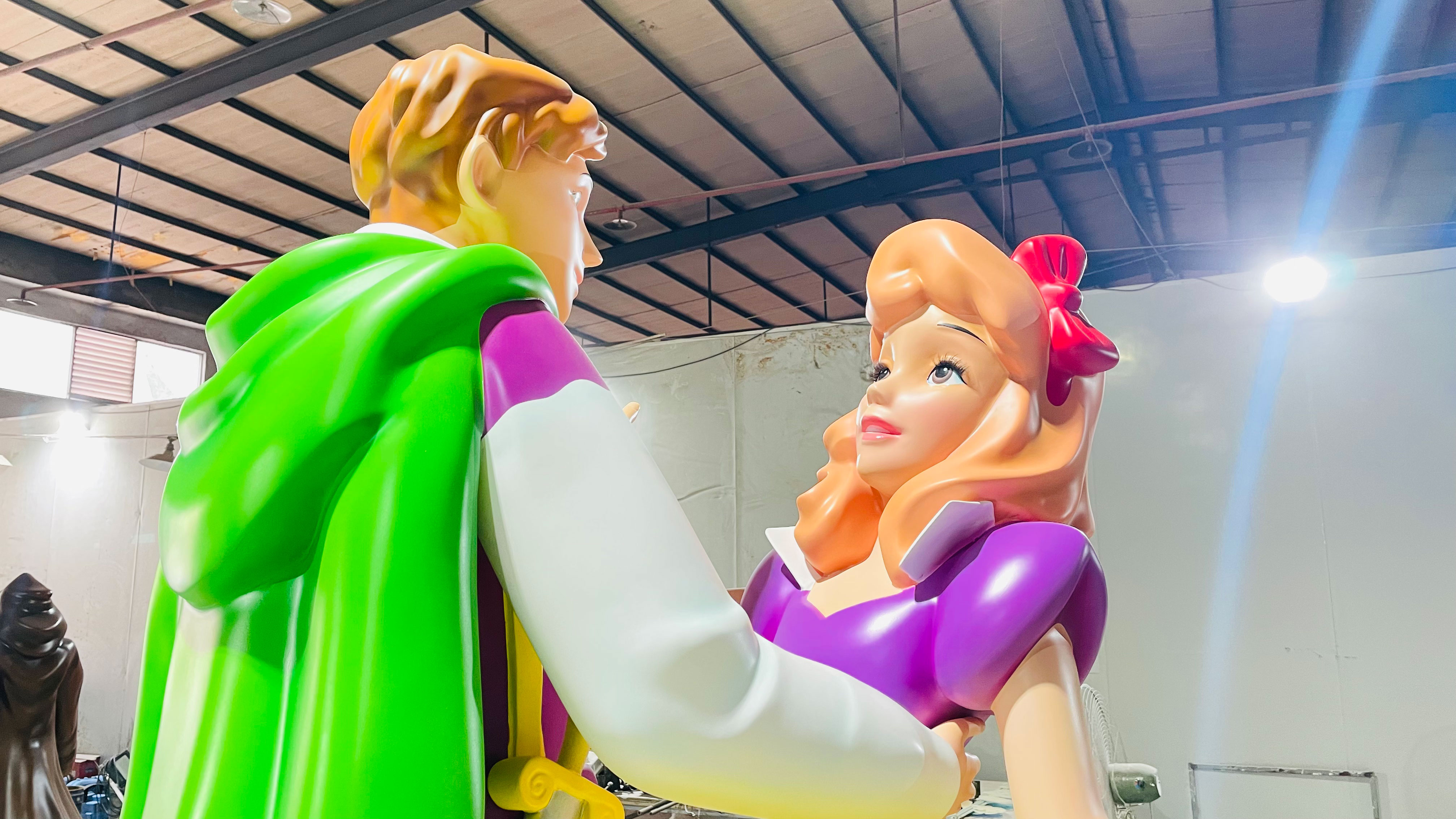Key Takeaways
Contemporary abstract steel art combines industrial materials with expressive forms, creating dynamic focal points in modern interiors. This genre emphasizes geometric patterns, textured surfaces, and organic shapes, often challenging traditional perceptions of metalwork. Emerging as a bridge between sculpture and functional design, these pieces balance raw materiality with refined craftsmanship—seen in techniques like hand-sanding, which adds depth to steel’s metallic sheen.
For instance, multi-panel designs allow artists to play with scale and dimensionality, adapting to diverse architectural settings. Authenticity remains central, with certificates ensuring each piece’s provenance and adherence to artistic intent. Meanwhile, vertical installations leverage height to amplify visual impact, particularly in minimalist spaces. This focus on adaptability and tactile detail underscores steel art’s growing role in redefining contemporary aesthetics, merging artistic innovation with practical integration into everyday environments. As explored in subsequent sections, these elements collectively shape how modern audiences engage with metal as a medium for both personal and collective expression.

Contemporary Steel Art Explained
Contemporary abstract steel art redefines traditional sculpture by merging industrial materials with fluid, non-representational forms. Unlike classical figurative works, these modern creations prioritize emotional resonance over literal interpretation, using steel’s malleability to explore texture, shadow, and geometric interplay. Artists often employ techniques like welding, oxidation, and laser cutting to manipulate metal into dynamic compositions that challenge perceptions of weight and rigidity. This movement draws from mid-20th-century abstract expressionism but incorporates digital design tools and sustainable practices, reflecting today’s technological and environmental priorities.
While steel remains central, some pieces integrate mixed media, such as Fiberglass sculpture, to contrast organic curves with angular metal forms. The genre’s adaptability allows it to thrive in both minimalist interiors and bold architectural settings, often serving as focal points that harmonize with modern aesthetics. By balancing raw materiality with refined craftsmanship, contemporary steel art bridges industrial heritage and avant-garde innovation, inviting viewers to engage with space and form in unexpected ways.

Brian Jones' Cosmic Energy Sculpture
Brian M. Jones’ Cosmic Energy exemplifies contemporary abstract steel art through its fusion of industrial materiality and organic fluidity. Crafted from layered steel panels, the sculpture’s hand-sanded surfaces create a tactile contrast—smooth, undulating curves juxtaposed with raw, textured edges. This technique emphasizes the physicality of metal while evoking a sense of movement, as if capturing energy mid-flow.
The multi-panel design allows light to interact dynamically with the work, casting shifting shadows that alter perception throughout the day. Jones’ approach mirrors innovations in Realistic sculpture, where material authenticity and structural experimentation converge. Each piece includes a numbered certificate, reinforcing its status as a limited-edition artwork rather than mass-produced decor.
| Aspect | Traditional Steel Art | Contemporary Approach |
|---|---|---|
| Technique | Welding, casting | Hand-sanding, multi-panel layering |
| Material Use | Solid, single sheets | Layered, modular components |
| Aesthetic Focus | Static forms | Kinetic, light-responsive design |
| Spatial Interaction | Standalone installations | Integrated wall-based narratives |
By contrasting these elements, Cosmic Energy bridges industrial craftsmanship and modern interior design, offering adaptable scale for residential or commercial spaces. Its vertical orientation maximizes visual impact without overwhelming narrower walls, aligning with today’s preference for minimalist yet statement-making art.
Multi-Panel Steel Design Innovations
Modern steel wall sculptures are increasingly defined by multi-panel configurations, which break from traditional single-piece designs to create dynamic visual narratives. By segmenting compositions into interconnected panels, artists like Brian M Jones introduce depth and movement, as seen in works such as Cosmic Energy. These layered arrangements allow light to interact with textured surfaces—often hand-sanded to reveal subtle grain variations—casting shifting shadows that animate spaces. Advances in fabrication, including precision laser cutting and modular welding, enable seamless integration of geometric and organic forms. This approach not only enhances scalability for large installations but also offers flexibility in adapting pieces to diverse architectural contexts, from soaring atrium walls to intimate residential settings.
The interplay between rigid steel and fluid design concepts echoes principles seen in kinetic sculpture, where balance and motion redefine static materials. Multi-panel systems further empower collectors to curate layouts, transforming each installation into a collaborative act between artist and environment. Such innovations reflect steel’s evolving role in contemporary art—no longer confined to industrial associations, but celebrated for its capacity to embody both structural precision and abstract expression.
Authenticity in Modern Metal Art
In an era where mass production dominates, authenticity has become a cornerstone of value in contemporary steel art. Artists like Brian M. Jones emphasize transparency by providing certificates of authenticity, which verify a work’s origin, materials, and creation process. These documents act as a bridge between the artist’s intent and the collector’s investment, ensuring each piece—such as Jones’ Cosmic Energy—retains its narrative and craftsmanship integrity. Unlike Cartoon sculpture, which often prioritizes replication, abstract steel sculptures derive their uniqueness from hand-sanded textures and irregular patinas that machines cannot replicate. This focus on individuality not only elevates metal art beyond mere decoration but also aligns with modern design’s shift toward personalized, meaningful spaces. By prioritizing authenticity, collectors and designers alike contribute to preserving artistic innovation while redefining how metalwork is perceived in contemporary culture.
Installing Large Wall Sculptures
When integrating large steel wall sculptures into modern interiors, proper installation is critical to both safety and aesthetic impact. Begin by assessing the wall’s structural capacity—steel artworks, especially multi-panel designs like Brian M Jones’ Cosmic Energy, often require reinforced anchors or studs to support their weight. For pieces exceeding 50 pounds, consulting a professional installer is advisable to avoid wall damage or accidents. Positioning also plays a role: horizontal alignment tools, such as laser levels, ensure symmetry, while spacing between panels should reflect the artist’s intended visual rhythm.
For stainless steel sculpture installations, consider ambient lighting to highlight hand-sanded textures and geometric forms. Avoid direct sunlight, which may cause glare or thermal expansion over time. Pre-installation planning should include verifying authenticity certificates and care guidelines, as improper handling could void warranties. Transitioning from design to display, these steps ensure the artwork becomes a seamless extension of the space, bridging creativity and structural precision.
Steel Art's Interior Design Impact
Contemporary abstract steel sculptures have become transformative elements in modern interiors, blending industrial authenticity with artistic fluidity. Their reflective surfaces interact dynamically with light, creating shifting visual textures that enhance spatial depth in minimalist environments. Unlike traditional wall decor, these works command attention through scale and materiality—polished steel panels introduce sleek modernity, while hand-sanded finishes add organic warmth. Designers often position multi-panel compositions as room dividers or focal points, leveraging geometric abstraction to guide movement through open-concept spaces. For instance, angular arrangements can amplify architectural lines, whereas curved forms soften stark interiors. The integration of certified artworks, such as those featuring custom IP character sculpture elements, adds narrative depth to commercial lobbies or luxury residences. Crucially, steel’s durability ensures these pieces maintain their integrity in high-traffic areas, merging practicality with avant-garde expression. By balancing raw materiality with refined craftsmanship, such installations redefine walls as interactive canvases, proving abstract metal art is no longer merely decorative but a strategic tool for spatial storytelling.

Hand-Sanded Metal Art Techniques
Hand-sanding transforms cold, industrial steel into tactile artworks that engage both sight and touch. Unlike machine-polished finishes, this labor-intensive process involves artists using progressively finer grits of sandpaper—or specialized grinding tools—to create organic textures. The technique allows for precise control over light reflection, producing surfaces that shift between matte and shimmering effects depending on viewing angles.
“Hand-sanding reveals the metal’s soul,” notes sculptor Brian M Jones. “Each stroke etches a dialogue between the artist and material, turning rigid steel into something almost alive.”
For multi-panel pieces like Jones’ Cosmic Energy, uniformity in texture across separate panels is critical. Artists often work under consistent lighting to ensure seamless visual flow. A practical tip for collectors: dust hand-sanded sculptures gently with a microfiber cloth to preserve delicate surface details. While automated methods save time, the human touch introduces subtle imperfections that distinguish studio art from mass-produced decor. This approach aligns with contemporary design’s emphasis on authenticity, bridging raw industrial aesthetics with refined craftsmanship.
Vertical Display for Modern Spaces
In contemporary settings, vertical steel wall sculptures have become a defining feature of minimalist and industrial interiors. Their elongated forms complement high ceilings and narrow walls, creating dynamic focal points without overwhelming the spatial balance. Artists like Brian M Jones often design multi-panel steel pieces to emphasize upward movement, guiding the eye along textured surfaces that interact with shifting light. This orientation not only maximizes limited wall areas but also mirrors the clean lines of modern architecture, reinforcing a sense of order and sophistication.
For optimal integration, designers recommend positioning vertical sculptures near stairwells, entryways, or behind furniture to anchor sightlines. The reflective qualities of hand-sanded steel enhance depth, subtly expanding smaller spaces. Practical considerations include secure mounting systems to support weight distribution—a critical factor for large-scale installations. By aligning the sculptural axis with architectural elements like windows or lighting fixtures, these works harmonize functionality with artistic expression, bridging the gap between structural design and abstract storytelling.

Conclusion
Contemporary abstract steel art continues to redefine modern spaces by merging industrial materials with artistic vision. As explored throughout this article, works like Brian M Jones’ Cosmic Energy exemplify how multi-panel designs and hand-sanded textures elevate steel from a functional medium to a dynamic storytelling tool. This balance of raw materiality and refined craftsmanship challenges traditional notions of wall decor, offering installations that adapt to both residential and commercial environments.
The emphasis on authenticity certificates ensures collectors invest in pieces with documented artistic integrity, while innovations in vertical displays cater to evolving architectural trends. Whether through bold geometric forms or organic, fluid patterns, these sculptures demonstrate steel’s versatility in conveying emotion and movement. As seen in interior design applications, such art doesn’t merely occupy space—it transforms it, creating focal points that invite reflection and conversation. By bridging technical precision with abstract expression, contemporary steel art remains a compelling choice for those seeking to infuse modern spaces with depth, character, and timeless relevance.

FAQs
How do contemporary steel wall sculptures differ from traditional metal art?
Modern pieces prioritize abstract forms and industrial materials, whereas traditional works often depict recognizable subjects using classical techniques. Innovations like multi-panel designs create dynamic interactions with light and space.
What makes Brian M Jones' "Cosmic Energy" sculpture unique?
This artwork combines hand-sanded steel surfaces with geometric abstraction, producing textured reflections. Each piece includes authenticity documentation, ensuring its status as a limited-edition creation.
Can large steel sculptures damage walls during installation?
Proper mounting systems distribute weight evenly. Professionals recommend reinforced brackets and wall anchors rated for twice the artwork’s weight, particularly for multi-panel installations exceeding six feet.
Why choose vertical steel sculptures for modern interiors?
Their upward orientation complements high ceilings and narrow walls, creating focal points without overwhelming rooms. Vertical designs align with minimalist aesthetics common in contemporary architecture.
How does hand-sanding affect steel art’s longevity?
This technique removes industrial finishes, allowing controlled oxidation. The resulting patina evolves naturally while maintaining structural integrity, unlike coated metals prone to chipping.
Are abstract steel sculptures suitable for outdoor display?
Most indoor pieces use untreated steel for aesthetic effect. For exterior use, select works with weather-resistant alloys or clear protective sealants to prevent accelerated corrosion.
 ch
ch English
English





